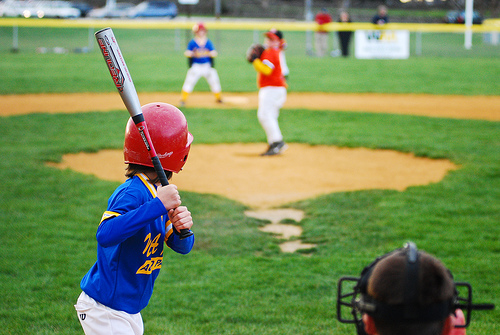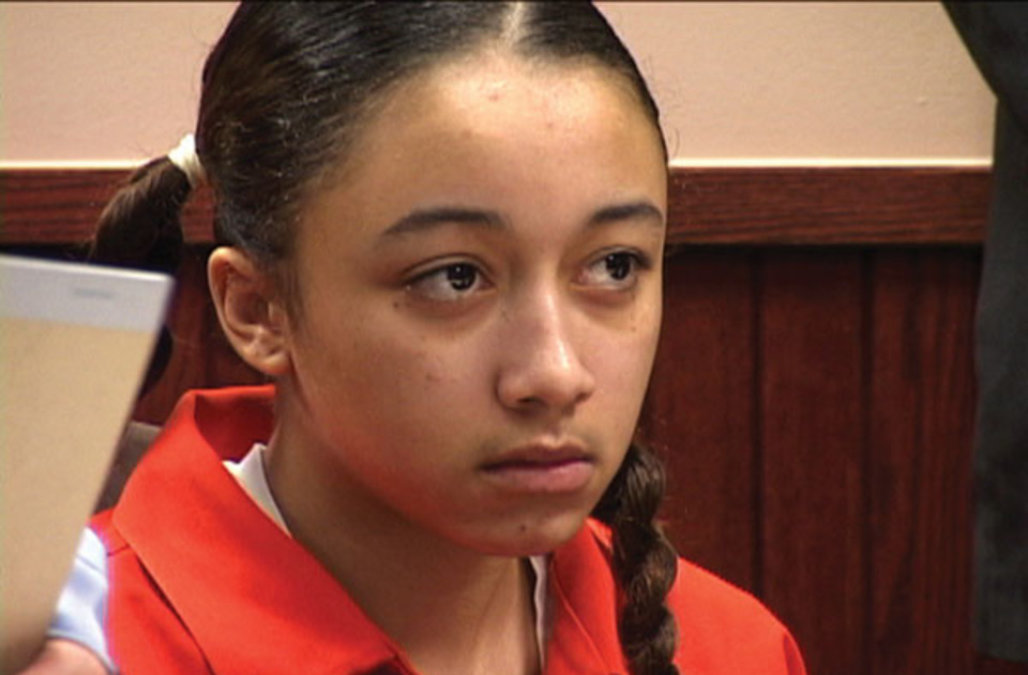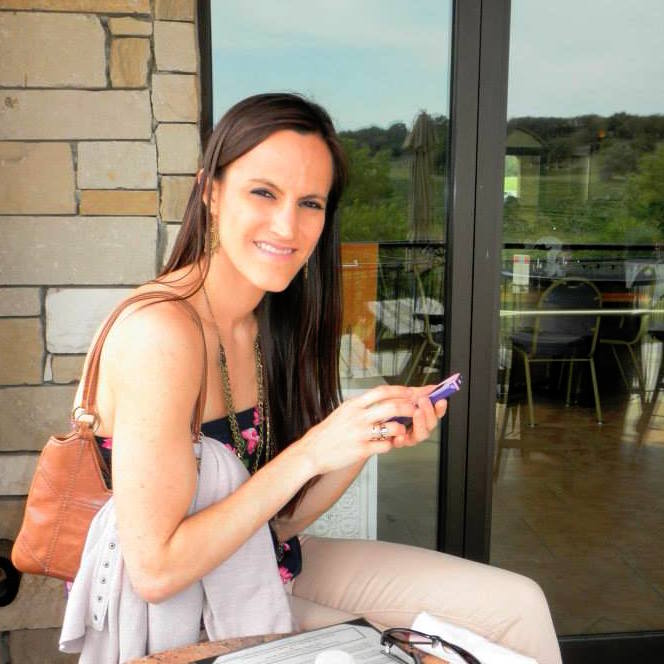Dec 23, 2017
In this episode of the Red X Podcast, Nicole reports on the Cyntoia Brown story that has resurfaced in social media and the news; Cyntoia, a trafficking and trauma survivor, was charged with the murder as a 16-year-old, which she claims was self-defense. And, guest expert, Dr. Heather Pane Seifert answers questions regarding why trafficking victims don’t leave their trafficker even if given opportunities to escape.
[caption id="attachment_95" align="alignleft"
width="238"] Caesar
Salad with Anchovies[/caption]
Caesar
Salad with Anchovies[/caption]
Mayor Lance Olive tells the story about how he went to a mayor’s conference in Wilmington, NC and got food poisoning from a bad anchovy. Nicole shares some information on how to tell a bad anchovy from a good one—check the eyes. If the eyes are red, that fish has gone bad. She also shares a yearlong family experiment to startle extra-laid back husband Tommy. The episode’s icebreaker includes major league baseball trivia from Lance to little league baseball-mom, Nicole.
[caption id="attachment_96" align="alignright"
width="242"] Ice Breaker:
Baseball[/caption]
Ice Breaker:
Baseball[/caption]
Nicole reports on a news story that has recently resurfaced and gained new attention in social media outlets. Cyntoia Brown was only 16 years old at the time that she shot and killed the 43 year old man who picked her up, brought her to his home, and according to Cyntoia, advanced on her. Cyntoia has already spent 10 years in prison and is serving a life sentence without possibility of parole until she is 69. In 2004, at the age of 16, Cyntoia was tried as an adult in Tennessee.
[caption id="attachment_97" align="alignleft"
width="236"] Cynthia Brown: Life
Sentence[/caption]
Cynthia Brown: Life
Sentence[/caption]
Brown says she grew up in an abusive home and then ran away from her adoptive family. At that time, she met a 24-year old pimp named “Kut Throat” who raped her and then forced into prostitution.
Forty-three year old Johnny Mitchell Allan allegedly picked Cyntoia up in a parking lot and took her back to his house. Cyntoia testified that when Allan advanced on her, she resisted. Allan then appeared to reach under his bed and she feared he was reaching for a gun. Cyntoia then took a gun from her purse and shot him. She also took Allan’s wallet which led to a conviction of first degree murder, first degree felony murder and aggravated robbery. Her convictions resulted in concurrent life sentences plus 8 years.
In 2012, the US Supreme Court banned mandatory life without parole for juveniles because it isn’t constitutional. Advocates, including Rhianna and Kim Kardashian, for Cyntoia are pressing for a change in Tennessee law.
Related Link: "Me Facing Life: Cyntoia's Story" (documentary)
[caption id="attachment_98" align="alignright"
width="214"] Dr. Heather Pane
Seifert[/caption]
Dr. Heather Pane
Seifert[/caption]
The guest expert on this episode is Dr. Heather Pane Seifert , Clinical Implementation Specialist of the North Carolina Child Treatment Program. Heather’s specialty is in childhood trauma. She says she first became interested in researching and treating childhood trauma when she learned how prevalent the issue of trauma is and how serious its impact on the individual and society is.
Trauma is defined as an event or an experience that is very frightening or is something that threatens a person’s livelihood. Examples of traumatic events can include being in a car accident, experiencing sexual abuse, being in a war, or witnessing a violent act. Heather says that regardless of the age of when you first experience the trauma, it can affect an individual’s healthy development or neurobiological function. Trauma can literally change the way a person’s brain functions if the trauma is experienced in childhood during pivotal times of development. It can also affect normal development, even if the trauma is experienced before the person is verbal and can express what happened to him or her. Heather explains that healthy development begins as a newborn when babies learn attachment to their caregivers. Disruption in caregiver attachment can affect future interpersonal interactions and trust.
Furthermore, a response to a traumatic event in one environment in which the trauma was experienced may be adaptive, i.e., doing what must be done for survival, but may be a very disruptive response in another environment. People who work with children who have experienced trauma may note behaviors that seem extreme or troubling, such as hyperactivity, inattention, or defiance, but may not realize that these behaviors originated from the child responding to a traumatic event. Teachers or other professionals who work with youth may therefore misinterpret behaviors as defiant or oppositional when actually those behaviors were adaptive in their primary home environments. Heather suggests that both acute and complex trauma are so pervasive that anyone who works in fields involving other people should be encouraged to be trauma-informed as trauma could be the root of understanding peoples’ behavior.
Heather also explains that the effects of trauma can be further heightened when children who experience trauma have a low locus of control. In other words, when a child perceives that his or her actions do not affect her environment, their trauma can affect their development more significantly. Furthermore, “learning” that they have an inability to affect change can result in the individual remaining in an adverse situation.
Traffickers tend to prey on individuals who have more vulnerabilities. Their manipulation may play upon a child’s past traumatic experiences such as being sexually abused. The child may also form a false emotional connection to their trafficker who has further traumatized them. This bond is referred to as a “trauma bond” and may also be associated with Stockholm Syndrome.
The typical age for a child entering a trafficking situation is 12-14. Heather says that the developmental task at that age involves social connectedness and that because the brain is still developing, there are a lot of emotional ups and downs. Friends are becoming more important in general. A this age, it is also easier to groom an individual romantically—this is a very typical scenario for a child entering a trafficking situation in the US. At the age of 12-14, children are also continuing to develop identity. If a trafficker can get to them before their identities are established, it is all the easier for a trafficker to inject a different identity that makes a child feel better about him or herself.
[caption id="attachment_99" align="alignleft"
width="216"] Belle and Mrs.
Potts[/caption]
Belle and Mrs.
Potts[/caption]
Nicole poses the question—does Belle from Beauty and the Beast suffer from Stockholm Syndrome? She’s a young girl with a vulnerability in that she was raised by a single father in a small town where she must repeatedly evade advances by Gaston. The Beast traumatizes her and then psychologically manipulates her by playing on her individual desires (books). The other characters in the castle create a comfortable environment to help the Beast groom her. Even when given the opportunity to escape, Belle returns to the Beast.
But are perpetrators and traffickers “beasts” as well? We often think of people who exploit children as monsters, and although they should be punished for their horrific crimes and should be removed from society, unless we address the trauma that these criminals may also have experienced in childhood, we do little to end trafficking. Heather says she holds out hope that perpetrators and traffickers will eventually also find restoration. Most of the children in the juvenile justice system have experienced an average of four traumatic events. Are high rates of trauma affecting criminal behavior as a means for the child to regain psychological control that they may have lost as a victim?
Heather addresses the importance of addressing trauma across the board and recognizing that response to trauma may be at the root of many of society’s problems. Being trauma-informed could therefore help in many outreach efforts. For example,
Heather tells the story about a coalition in Orange County that makes sure that absolutely everyone is trauma informed in its efforts, including volunteers, and kitchen workers.
For anyone who would like to learn more about trauma, she suggests looking at the National Child Traumatic Stress Network (www.nctsn.org), which offers information for a variety of disciplines. It is a nationally funded organization that is paid to create resources. Also, the National Child Traumatic Stress Network provides a list of trained clinicians who can provide the latest empirically based treatments for trauma victims. So, if you have a child who might have experienced trauma, this is a good resource for identifying a clinician who can help. Therapy that does not appropriately address their trauma can sometimes cause more harm than good.
Nicole suggests the book, The Body Keeps the Score for anyone who wants to take a deeper dive into learning about how trauma can affect an individual and the complex needs in responding to a survivor.
Red X Podcast out.